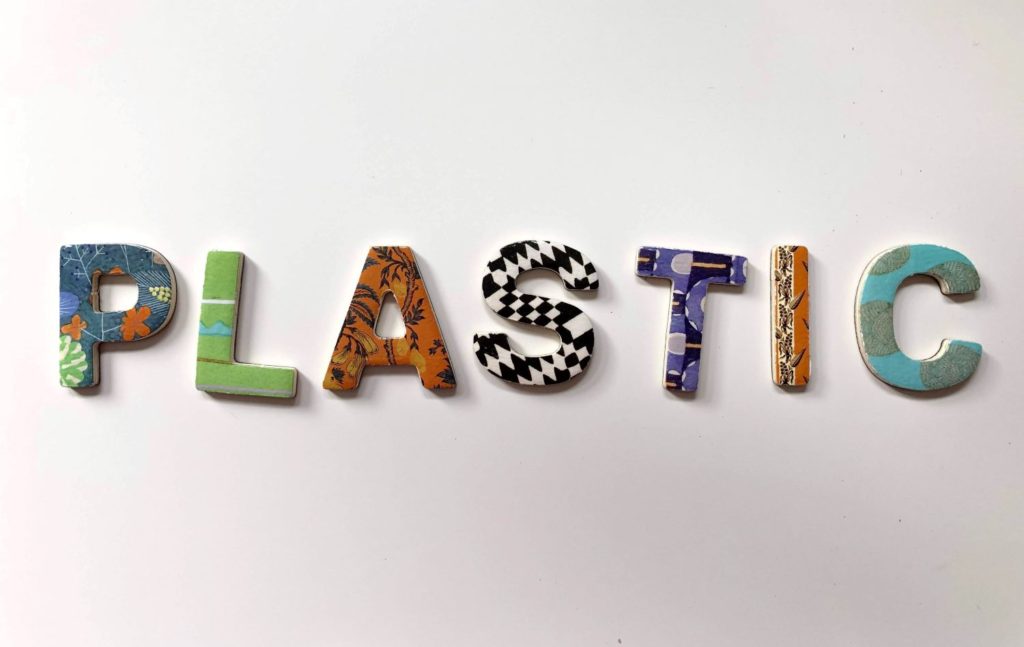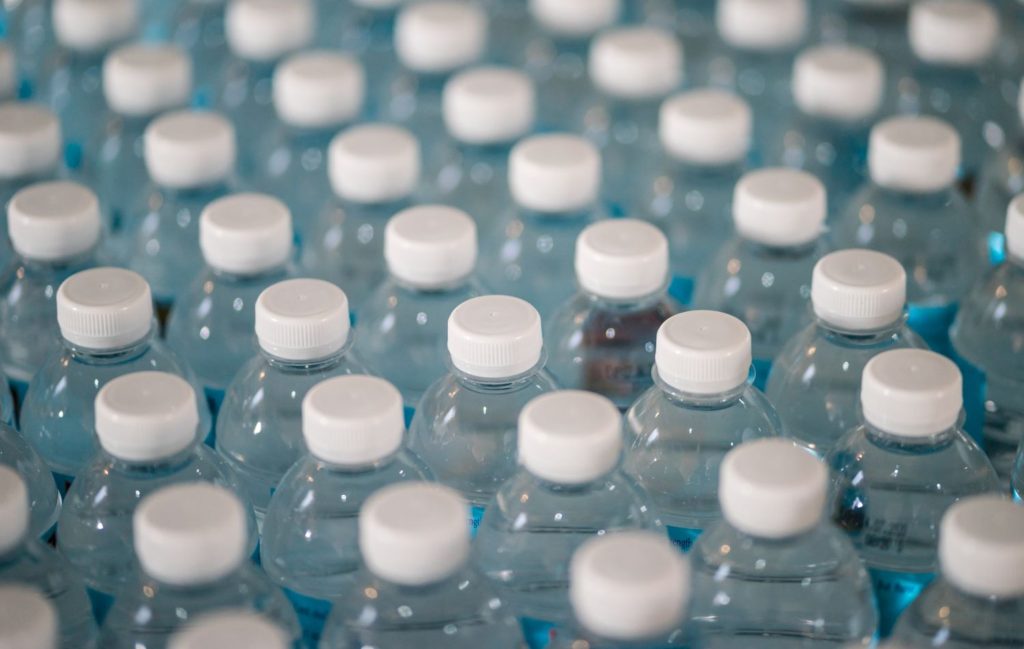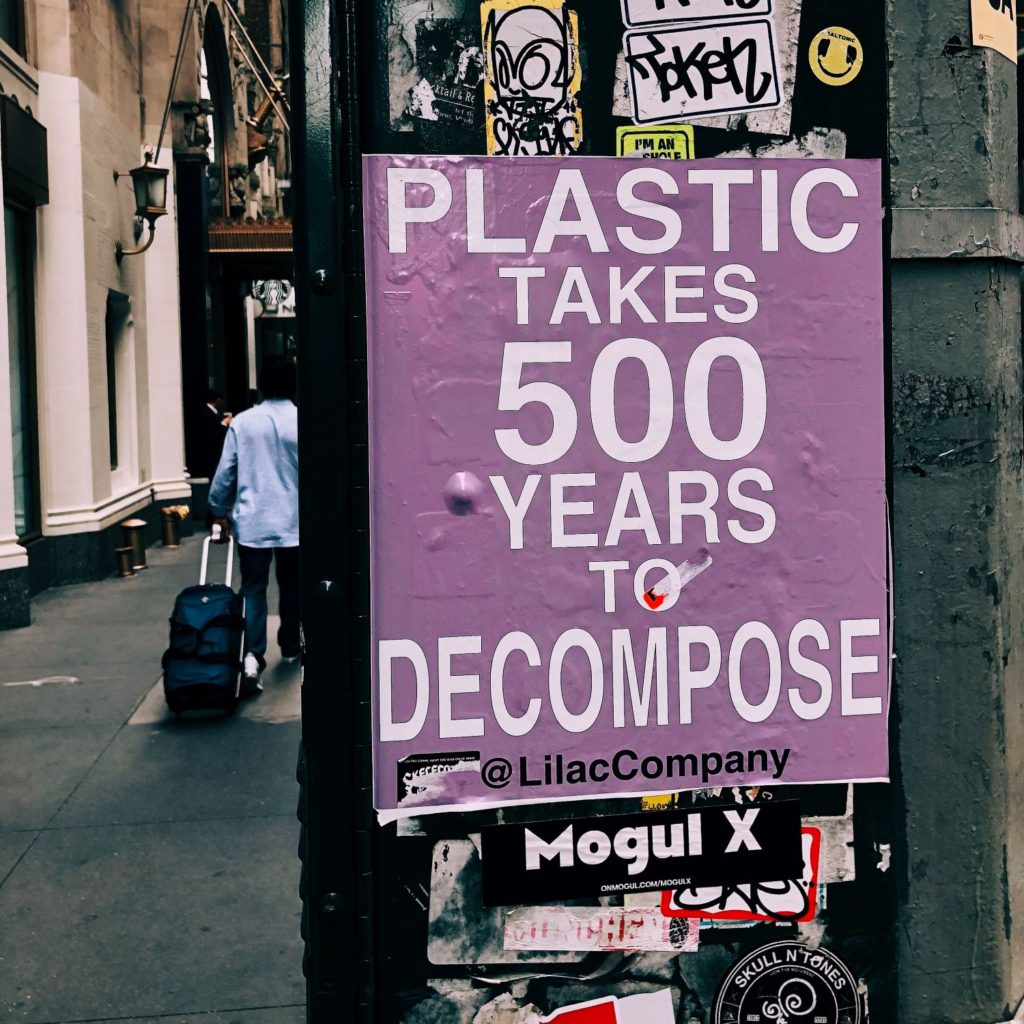Polyester is basically plastic. Through a chemical process it is made into clothes. So yes, you’re wearing plastic. Yuck.
Plastic is a man made material derived from oil. Through different chemical processes it can be made into everything from clothing to water bottles. And while there are many important uses for plastic (medical supplies, substance barriers, it is a long list), plastic made into polyester fabric a poor choice for our disposable fashion because of the negative affect on the environment and humans.

is Polyester plastic?
Polyester is a term commonly used to describe textile or fabric that has been made using polyester fibers or yarns. There are many variations of “polyester,” but basically, it is plastic spaghetti that you can weave together to make fabrics and textiles.
DuPont first created polyester towards the end of the 1930s. However, the scientist who discovered it was busy working on another new material at the time, called nylon. Polyester was put to one side.
More than a decade later, the first polyester fiber was created. The British scientists who created it called it Terylene. DuPont acquired the legal rights to this material in 1946 and created another polyester fiber known as Dacron. Fast forward another decade or so, and Eastman Chemical developed Kodel, another polyester fiber.
What is Polyester Made Of?
Polyester is a man-made polymer derived from coal, air, water, and petroleum. Polyester is formed when acid and alcohol react with each other. In this chemical reaction, two or more molecules combine to create a larger molecule. The structure of the molecule is repeated throughout its length. Polyester fibers can form very long molecules that are stable and strong.
Push the plastic polymer through holes, and it makes polyester fibers. Fibers are further spun into thread and yarn. The threads are then woven into fabric to create furnishings, textiles, clothing, and much more.
Most commonly, the polyester polymer is made of PET or PETE molecules. PET/PETE stands for polyethylene terephthalate. Because PET is a plastic, it’s not porous like natural fibers.
The letters PET may look familiar. It’s because PET is the same plastic material used to make plastic bottles and containers that we use every day. You see, we really are wearing plastic.
Polyester is an effective moisture barrier and that’s why it has so many uses. The difference is that the molecules are pulled, stretched, and melted in different ways.

What Are polyesters Benefits?
- Very durable
- Resistant to many chemicals
- Resistant to shrinking and stretching
- Polyester fibers are lightweight but very strong
- Keeps its shape very well
- Resistant to abrasions and wrinkling
- Easy to look after
- Quick-drying, which makes it a popular choice for outdoors clothing
Polyester is a popular choice for clothing because its fibers are heat-sensitive or thermoplastic. The benefit of this quality is that it is highly stain-resistant can be given permanent pleats, and decorative patterns and shapes can be laser-cut into it.

Popular uses for polyester include:
- Anoraks and coats
- Sportswear
- Fleeces
- Bedding
- Duvet fillings
- Soft furnishings
- Luggage and other bags
- Seat belts
The Downside of Polyester
Polyester is a synthetic fiber that is usually derived from petroleum. Alternatives to oil-derived polyester do exist. For example, those made from recycled plastic, agricultural crops, and even waste. However, these are not common.
Petroleum is a non-renewable resource, and the social and political implications of the petrochemical industry are complex. However, there’s no denying that the production, use, and disposal of polyester has a significant negative impact on the environment.
Let’s take a look at the impact throughout the life of polyester.

The High Cost of Producing polyester
Fossil fuels are used to produce polyester, and these are limited resources. Most polyester is made out of petroleum, and right now, we’re using it up much faster than nature can produce it. Some are predicting that we could reach peak oil (maximum extraction) by 2030.
Refining crude oil into petroleum requires vast amounts of energy. The process also introduces various toxins into the environment, which can harm living things both in the water and on land.
Once petroleum has been produced, further refinement is required to produce ethylene that is used to make polyester. The extraction process is wasteful, and it introduces other toxins into the environment.
The ethylene then has to be transformed into polyethylene terephthalate fibers, producing even more harmful synthetic byproducts. Polyester fabric manufacturers also dye and treat the polyester in various ways, impacting the surrounding environment and polluting the local ecosystem.
Social and Cultural Costs
The cost is also high for many that work in the polyester production industry. Workers are typically paid low wages. They are also exposed to toxic chemicals that may cause cancer, neurological damage, or other potentially fatal conditions.
Microfiber Pollution from Plastic
A study in 2014 found that washing polyester fabrics in washing machines or by hand releases tiny synthetic microfibers into the water supply. Microfiber pollution in the water supply harms marine life’s health and contaminates drinking water in locations worldwide.

Not Naturally Bio-Degradable
It’s unfortunate, but the vast majority of polyester garments eventually get discarded. Polyester is not a biodegradable fiber like cotton, silk, or wool. Polyester may take hundreds of years to fully break down due to natural environmental conditions.
Best to think twice before buying a garment made out of this eco-UNfriendly product. Consider natural fibers as an alternative to polyester. Natural fibers are certainly more comfortable than wearing plastic aka polyester!

